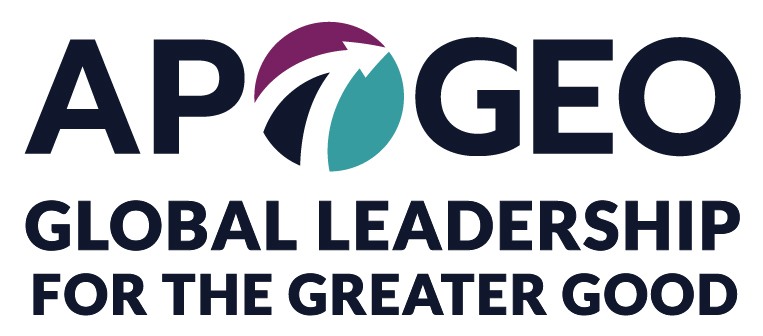Innovation is a Top 3 Priority
In an environment characterized by uncertainty and near-constant change, when disruptive innovation and STEEP (social technological, environmental, economic, and political) megatrends are (re)shaping the way we work together, it pays to have future-focused, creative employees innovating across your organization.
Boston Consulting Group found almost 75% of decision makers believe innovation is a top 3 priority for their organizations; only 20% believe they have an innovation advantage.
Most of our organizations aren’t built for innovation. They’re built for stability that comes from managing and optimizing tasks, systems, and processes. What’s more, most managers aren’t trained to spot and lead disruptors or innovators. Instead some of your most valuable employees are often seen as threats or labeled difficult; they feel like misfits.
Harvard Business School Professor Francesaca Gino refers to “rebel talent” as possessing “positive deviance.” When it’s not safe to express and our organizations aren’t built to reward them, how do you spot and develop your creatives and futurists? How do you train leaders to foster innovation and nurture rebel talent, those future-thinking, creative misfits?
Who is a futurist?
A futurist is a person who engages in broad interdisciplinary and systems thinking – trained or naturally. They may use forecasting or scenario planning, extrapolate from history or look for emerging technologies and patterns of thought and action. They listen for what’s emerging, can spot talent and trends. They may just naturally see things coming.
My favorite recent example is Cabot CEO Ed Townley admitting being skeptical of “visionary” (his word) CMO Roberta Macdonald’s ideas — to focus on organic products (in 1995), sustainability as an operational imperative (early 2000s), and becoming a B Corp (a decade ago).
“The first lesson is to find (and listen to) people who have a knack for predicting the future. For us …that was Roberta. Second, don’t be afraid to lead the pack: It’s better to identify your own meaningful metrics—and have them ready when stakeholders start asking—than to play catch-up. Third, know that success really does stem from focusing on the common good rather than on the enrichment of certain groups. Great things come from working together.”
Ed’s quick to point out that Roberta had to make the business case and fight for her ideas. What do innovators and futurists across your organization have to do to get their ideas across?
What’s the value?
Futurists encourage organizations to prepare for trends earlier, navigate them over time, manage risk, and adapt to possible future scenarios. They push for expanded vision, opportunity and timeframes — looking further out into the future than this quarter’s or year’s results. They’re often naturally suited to working across the organization – boundary-spanning – emphasizing communication of a strategy and the actionable steps needed to implement the plan leading to a preferred future.
Finally, futurists are usually focused on transformative impact rather than incremental change. As a result, they can be different (labelled difficult), impatient, and not easy to manage. In an HBS Working Knowledge article Sean Kennedy is refers back to Professor Gino’s “rebel talent” saying:
“You could have too much ‘rebel talent,’ as Gino defines it. It’s also possible to eat too many vegetables, but most people are in no danger of reaching that threshold… But you can’t successfully leverage this kind of talent with old style management… Compliance-oriented approaches just won’t cut it. Leaders need to invoke shared purpose to pull their rebel talent together in service of something worth fighting for.”
How do you find them?
At APOGEO, research in conjunction with Steffen Raetzer of Innovating.Work based on Frederic Laloux’s Reinventing Organizations bears this out. The challenge lies not just in recruiting futurists, innovators, or rebel talent, but in finding them in your midst and leading them well. They’re there; the environments in which they work often leave them disengaged and unheard. It’s one of the reasons up to 85% of employees are not engaged or are actively disengaged at work.
The key is to create environments in which they’ll thrive, where they’re engaged and they deliver the value you need and more. How do you find them? And then what? It may sound daunting. If your organization could benefit from conducting assessments to identify futurists or innovators and a roadmap to leading them, please Contact Us or learn more about our Innovation offerings here.


